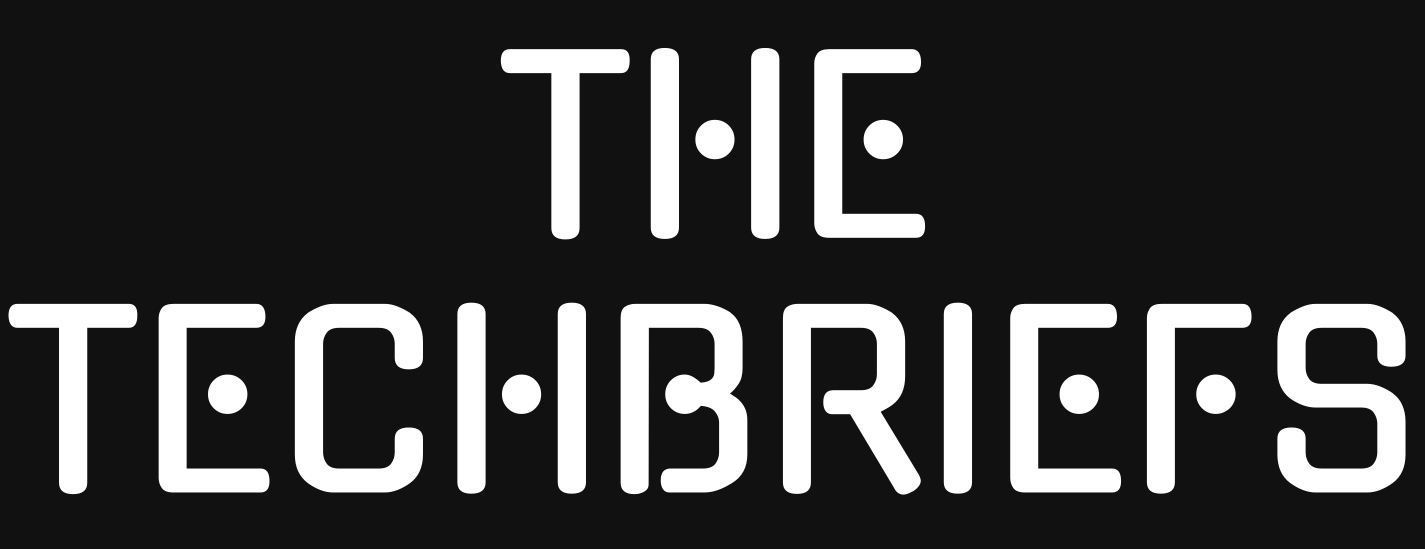
Jensen Huang’s keynote at GTC 2025 has again been a real show. It gave insights on the future of AI, quantum computing, self-driving cars, etc. But I couldn’t help but notice one big absence though: blockchain.
AI, especially with the advent of Large Language Models (LLMs) has driven a massive demand for GPUs. Real-time processing in self-driving cars is also very demanding, so those are areas where GPUs can play a critical role. However, while GPUs have historically been used for cryptocurrency mining, it seems like Nvidia has been cautious about blockchain as a focus area in recent years. This might be due to the volatility of the market, regulatory concerns, or a shift in the overall blockchain landscape — especially with Ethereum’s shift from proof-of-work to proof-of-stake, which reduces the need for traditional mining hardware.
That said, advanced cryptography techniques are being embedded in blockchains as we speak: Zero Knowledge Proofs (ZK) and Fully Homomorphic Encryption (FHE).
ZK proofs are designed to prove a statement without revealing the underlying data. It’s being used today for privacy-preserving transactions, decentralized identity verification, and scalability (via ZK-Rollups). However, ZK proofs are generally limited to verifying correctness (e.g., proving that you know a secret without revealing it) and do not allow arbitrary computation on encrypted data.
FHE on the other hand, allows computations to be performed on encrypted data without decrypting it first, which is a huge leap forward in terms of privacy and security. As blockchain systems move toward more privacy-preserving solutions, FHE will be crucial, especially for sensitive data that needs to remain encrypted throughout its lifecycle. This is where GPUs could come to play a significant role. Indeed, smart contracts that integrate FHE will require heavy computational power, as FHE operations are much more resource-intensive than their non-encrypted counterparts. GPUs, with their massive parallel processing power, are perfectly suited to handle this kind of workload, allowing for more efficient execution of FHE-based computations.
Nvidia (and other GPU manufacturers) could benefit from this shift in blockchain technology. Rather than being limited to traditional mining, GPUs could become essential for the real-time processing of smart contracts that require secure, encrypted computations. The performance demands for processing these encrypted transactions might not be fully realized yet, but as blockchain adoption grows, so will the need for this kind of GPU acceleration.
I see it as a huge opportunity for GPU manufacturers. This could lead to new partnerships or developments in blockchain technology, as well as the broader adoption of GPUs in decentralized applications that require secure computation.
We’re already seeing blockchain companies start experimenting with FHE (Shiba for example). Blockchain is a space that evolves rapidly, and privacy features like FHE are highly relevant as the demand for secure, private transactions grows.
As companies experiment with FHE, there will likely be some challenges around performance, scalability, and ease of implementation. But if FHE proves to be as powerful as expected for secure computation, its adoption could become a driving force for accelerated computing.
Hardware manufacturers will likely have to work closely with blockchain developers to optimize their products for these types of tasks. It might open the door to entirely new software and hardware ecosystems focused on privacy-preserving blockchain applications, making it a really exciting area to watch.
It’ll be interesting to see how quickly the blockchain industry can leverage the potential of FHE to grow beyond its current state. As blockchain adoption grows, we could see privacy-focused applications become a key selling point, further accelerating the need for FHE-enabled solutions.
Image credit: Acnalesky/Dreamstime.com
Agnès Leroy is GPU Director at Zama.



![why-active-directory-remains-a-popular-target-for-attackers-and-what-to-do-about-it-[q&a]](https://thetechbriefs.com/wp-content/uploads/2025/07/37287-why-active-directory-remains-a-popular-target-for-attackers-and-what-to-do-about-it-qa.jpg)
